The Integrated Culture of Light: Betanit’s Experience and the MIT Sustainable Design Lab Best Practice

Scale-model construction, laboratory simulation, and digital simulation are today essential tools for understanding and designing with natural light.
Betanit has long focused on research, education, and experimentation in this field, promoting an approach that merges practical experience and scientific knowledge for the creation of its solar and sky simulators used in laboratories worldwide.
In this context, the MIT Sustainable Design Lab (SDL) stands out as an international good practice for the quality of its research and for the figure of Christoph Reinhart, a leading scientist and educator in the study of light and sustainability.
An International Best Practice: The MIT Sustainable Design Lab
At the Massachusetts Institute of Technology, Reinhart leads the interdisciplinary Sustainable Design Lab (SDL), which develops tools and methods to assess the environmental performance of buildings and neighborhoods.
His scientific and educational work combines empirical analysis, physical models (see Reinhart, Daylighting Handbook I, Building Technology Press, 2020), and advanced digital simulations, with the goal of improving architecture and urban planning practices by developing and testing analysis methods that lead to better design solutions in terms of occupant comfort and energy efficiency.
Teaching: From Physical to Digital Models
In courses such as Environmental Technologies in Buildings and Daylighting, students alternate direct observation of light phenomena using scale models — such as the well‑known Heliodon Study — with digital simulation modeling.
This method bridges physical experience and digital tools, an approach shared by Betanit, which emphasizes experimentation and the integration of research, design, and education.
Research and Developed Tools
The lab’s work has produced a range of software and international platforms, including:
- Daysim – hourly simulation engine for natural lighting
- DIVA for Rhino – plug‑in for daylight and energy performance
- Climate Studio – integrated analysis of daylight, comfort, and sustainability
- umi – Urban Modeling Interface for city‑scale analysis
Full list: https://web.mit.edu/sustainabledesignlab/software.html
These platforms represent the cutting edge of MIT research and an exemplary case of knowledge transfer between academia and professional practice.
Conclusion
The experiences of MIT and Betanit demonstrate that the dialogue between data, matter, and perception is crucial to tackling the complexity of contemporary environmental design.
Each context contributes with its own tools and sensibilities to the growth of an international light culture founded on knowledge, experimentation, and sustainability — a shared heritage that continues to educate professionals and researchers worldwide.
Massachusetts Institute of Technology (MIT)
Founded in 1861 in Cambridge, Massachusetts (USA), the Massachusetts Institute of Technology (MIT) is one of the world’s leading research universities, renowned for its contributions to scientific, technological, and design innovation.
Its mission is to advance knowledge and educate students in science, technology, architecture, and other fields to address the great challenges of our time for the benefit of humanity.
With over 11,000 students and a global community of researchers, MIT hosts numerous interdisciplinary laboratories — among them the Sustainable Design Lab — fostering an integrated approach between science, engineering, architecture, and sustainability.
Over the decades, its faculty and alumni have received more than 100 Nobel Prizes, making MIT a cornerstone of international scientific and cultural progress.
Official website: https://web.mit.edu
Christoph Reinhart
A physicist and architect by training, Christoph Reinhart is a professor of architecture at the Massachusetts Institute of Technology, where he directs the Sustainable Design Lab (SDL).
His research explores the relationship between environmental comfort, energy, and natural light simulation, developing internationally recognized digital tools such as Daysim, DIVA for Rhino, Climate Studio, and umi.
Before joining MIT, he led the Sustainable Design area at Harvard’s Graduate School of Design and worked at the National Research Council of Canada and the Fraunhofer Institute for Solar Energy Systems in Germany.
He is the author of over 160 peer‑reviewed publications and two reference textbooks on daylighting (daylightinghandbook.com), and recipient of, among others, the Fraunhofer Bessel Prize (2018) and the IBPSA‑USA Distinguished Achievement Award (2016).
Media
-
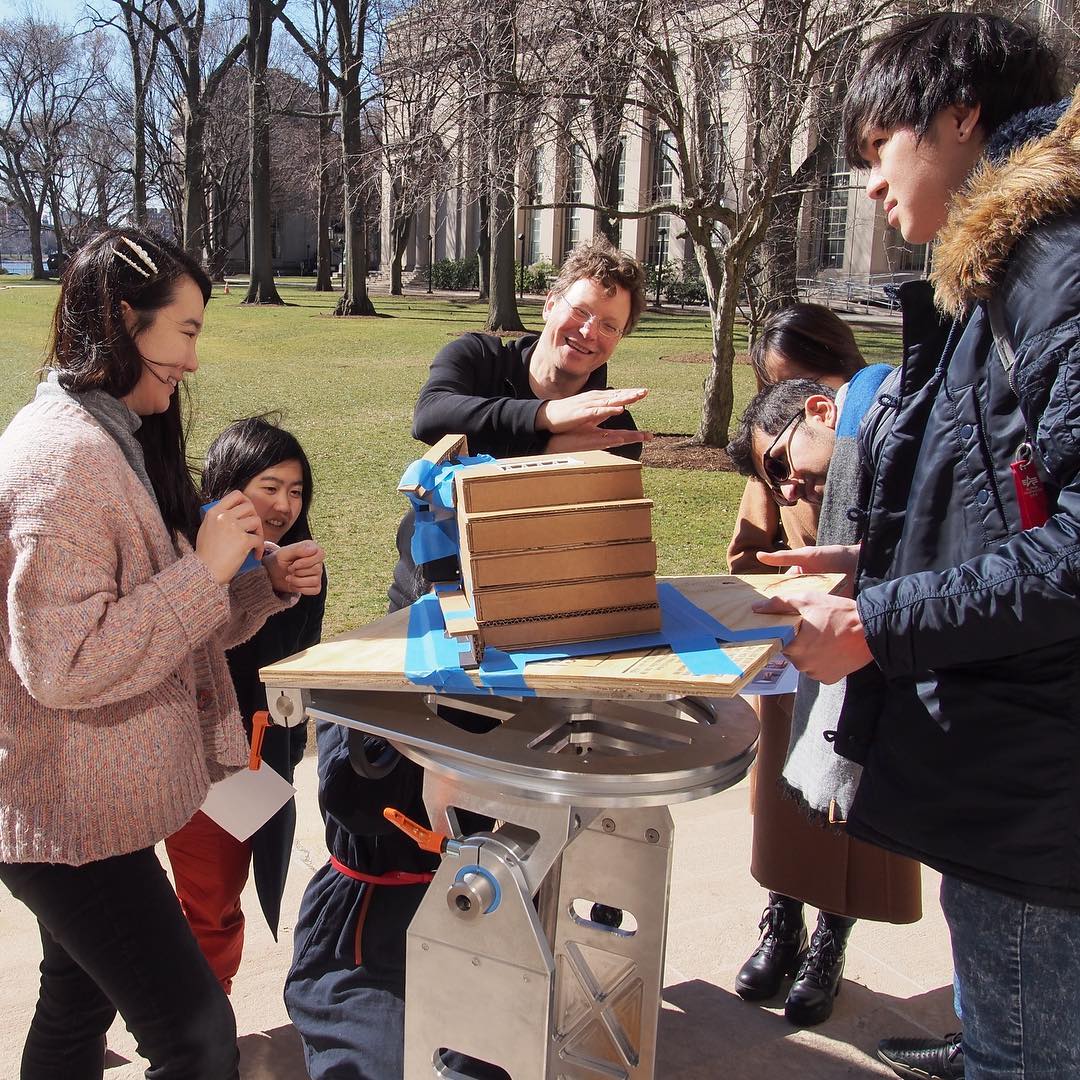 https://www.facebook.com/MITDepartmentofArchitecture/posts/last-month-students-in-the-high-performance-facades-and-daylighting-course-4430-/2846426952052991/
(256.6 KB).
https://www.facebook.com/MITDepartmentofArchitecture/posts/last-month-students-in-the-high-performance-facades-and-daylighting-course-4430-/2846426952052991/
(256.6 KB).
-
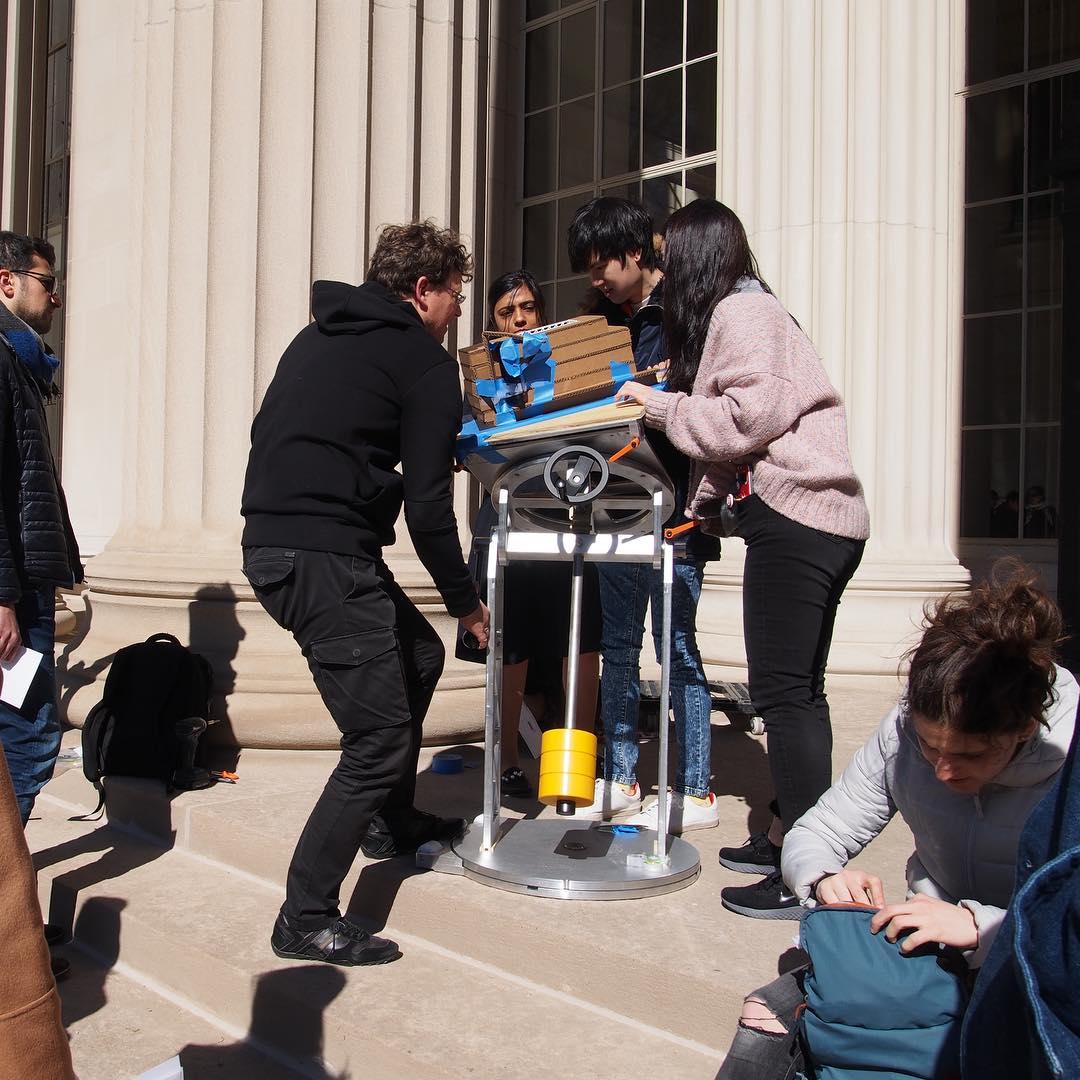 https://www.facebook.com/MITDepartmentofArchitecture/posts/last-month-students-in-the-high-performance-facades-and-daylighting-course-4430-/2846426952052991/
(150.7 KB).
https://www.facebook.com/MITDepartmentofArchitecture/posts/last-month-students-in-the-high-performance-facades-and-daylighting-course-4430-/2846426952052991/
(150.7 KB).
-
 https://www.facebook.com/MITDepartmentofArchitecture/posts/last-month-students-in-the-high-performance-facades-and-daylighting-course-4430-/2846426952052991/
(117.7 KB).
https://www.facebook.com/MITDepartmentofArchitecture/posts/last-month-students-in-the-high-performance-facades-and-daylighting-course-4430-/2846426952052991/
(117.7 KB).
-
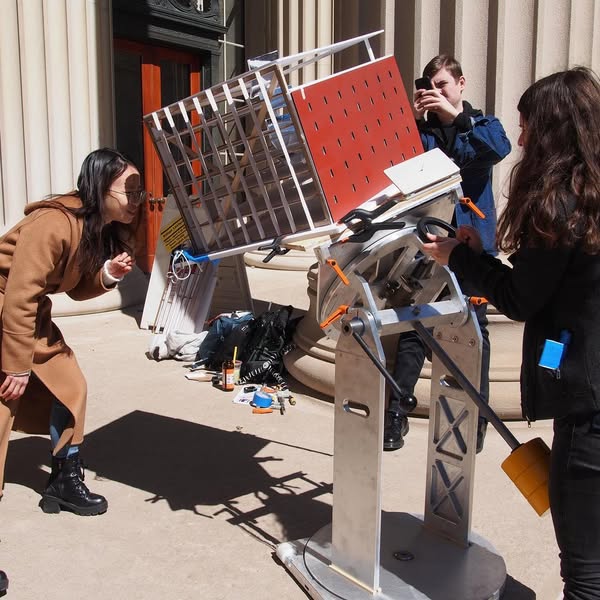 https://www.facebook.com/MITDepartmentofArchitecture/posts/last-month-students-in-the-high-performance-facades-and-daylighting-course-4430-/2846426952052991/
(67.5 KB).
https://www.facebook.com/MITDepartmentofArchitecture/posts/last-month-students-in-the-high-performance-facades-and-daylighting-course-4430-/2846426952052991/
(67.5 KB).
-
 https://www.facebook.com/MITDepartmentofArchitecture/posts/last-month-students-in-the-high-performance-facades-and-daylighting-course-4430-/2846426952052991/
(63.4 KB).
https://www.facebook.com/MITDepartmentofArchitecture/posts/last-month-students-in-the-high-performance-facades-and-daylighting-course-4430-/2846426952052991/
(63.4 KB).
-
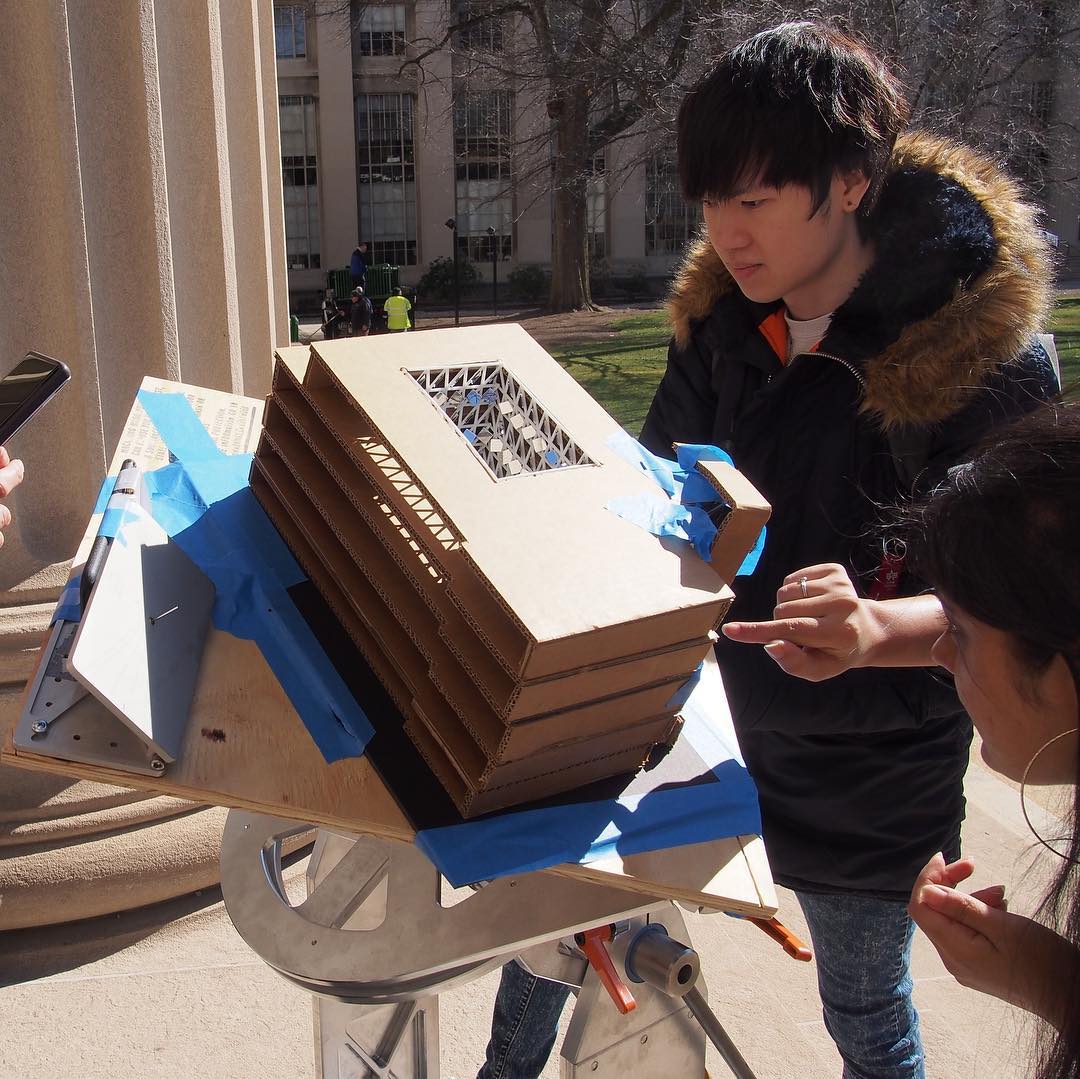 https://www.facebook.com/MITDepartmentofArchitecture/posts/last-month-students-in-the-high-performance-facades-and-daylighting-course-4430-/2846426952052991/
(171.4 KB).
https://www.facebook.com/MITDepartmentofArchitecture/posts/last-month-students-in-the-high-performance-facades-and-daylighting-course-4430-/2846426952052991/
(171.4 KB).
-
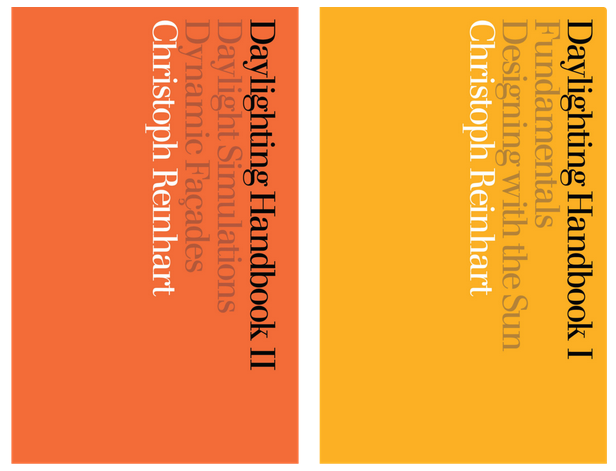 This is the first volume in a in a series on daylighting and other sustainable building design concepts. The book is organized into two parts, Fundamentals and Designing with the Sun.
(128.2 KB).
This is the first volume in a in a series on daylighting and other sustainable building design concepts. The book is organized into two parts, Fundamentals and Designing with the Sun.
(128.2 KB).
Documents
Contact
betanit.com
Phone: +39 0523 650217
email: info@betanit.com
